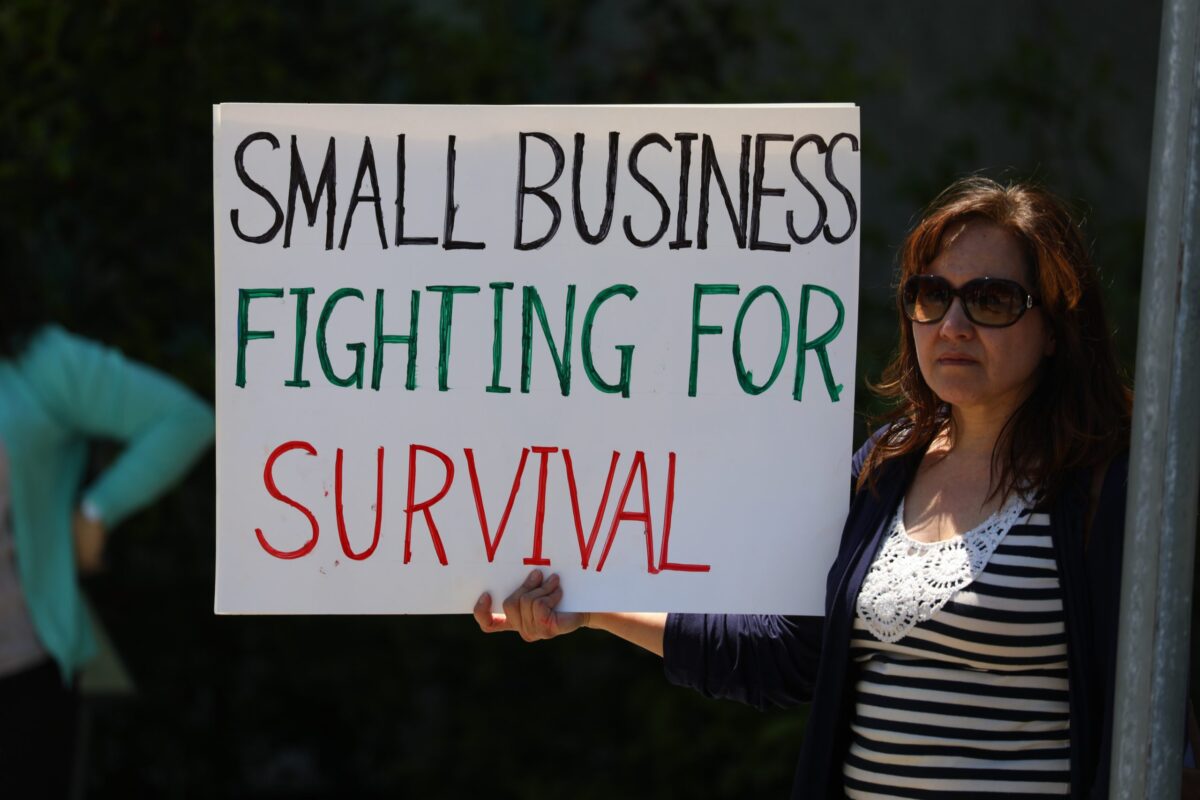

We tell everyone, “Do what you do best, and delegate the rest!” It’s kind of like saying, “If you want it done right, do it yourself!” Can you find a middle ground where you have time to focus on advancing your company with your skills without being disappointed by those you rely on?
As advisors to small and medium businesses, we always see owners trying to do everything on their own. This prevents growth, and also prevents the company from succeeding. Owners think they’re saving some cash when they do everything themselves. Or, they may think they’re saving the company from failure. But in reality, they stretch themselves too thin and try to perform beyond their skill set.
As advisors, our job is to find the skills and tasks that must be delegated in order to move the company forward. Here, we face two major obstacles—One of them being that the owners think they can do everything themselves, to the point where their business is hurt by their limited skill sets. And the other obstacle is that the owners just don’t understand how to delegate.
Most owners thoroughly believe in their mission and their concepts. It’s the reason they left their careers and bet their success on a positive outcome. It’s the reason they work 18 hours a day, almost every day, without breaks. But does this mean they’re good at managing people? Not always.
Yes, they own the company. They think they’re the boss. And yes, they’ve done all the hiring to the point where they see a positive cash flow. Now that they’re expanding, though, they must bring on a full, skilled staff. Who does the hiring, training, and managing?
When it comes to knowing how to hire and direct people to get the job done, most owners take it for granted. They may never consider that they’ll need a professional to do this work down the line, as their business grows. But we think they should consider this first.
As businesses grow through the four startup stages (startup, buildup, buildout, and enterprise), they require different managerial skill sets. But, if the owner can carry the business through the dreaded startup phase and score some clients in the buildup phase, why can’t this same owner scale and expand their business in the buildout phase? Most businesses fail during this phase because they drastically underestimate the work that’s required to take care of their new accounts and clients.
This is where delegation comes in—where the business needs a skilled professional who understands the challenges to come, knows how to look for the “perfect” new hires, is able to identify and communicate deliverables, and establishes a sense of accountability to ensure all tasks are done—and most importantly, done right!
In most cases, this skilled professional is not the owner. At this point, it’s tough for owners who have carried “their baby” so far, only to give up some control in order to see eventual success. It was hard for us, too, and our business was actually held back for a few years because of it. Once we finally bit the bullet and put professionals in charge, we started seeing the growth that we always knew would happen.
But don’t get us wrong! We made a bunch of false starts. With every mistake, we learned even more about what we could do ourselves and what we could not. We still had the last word on new hires, for example, but we let our managers create their own plans of accountability (and we approved those, too).
The accountability plan was our key to successful delegation. Just answer these questions: What needs to be done? Who’s going to do it? Are they able to do it, and do it well? When will it be finished? How often will status reports be created, and what will they include? When is the final deadline?
Delegation is not easy. It will be a roller-coaster ride for the first few years. Most business-owners are scared to give up any control! But as time goes on, you will get better at it. And if someone you rely on doesn’t perform to your expectations, feel free to use our favorite four-letter word: “NEXT!”
For more, read on: http://c-suitenetworkadvisors.com/advisor/michael-houlihan-and-bonnie-harvey/















